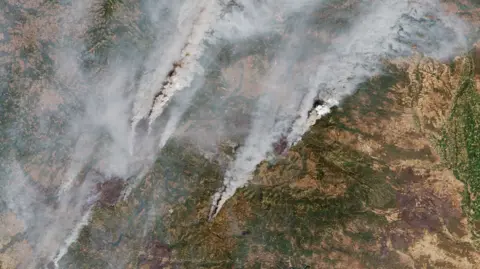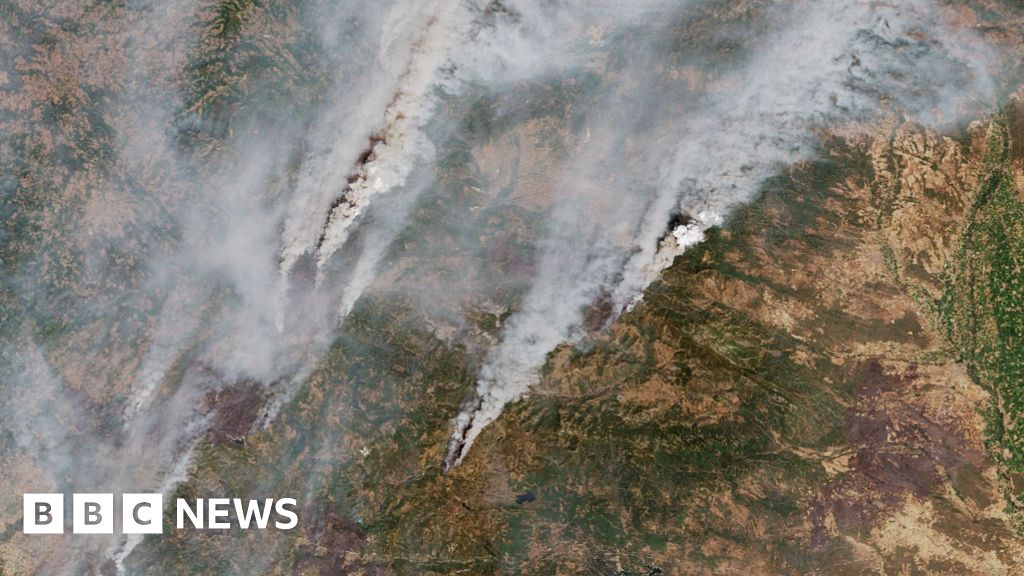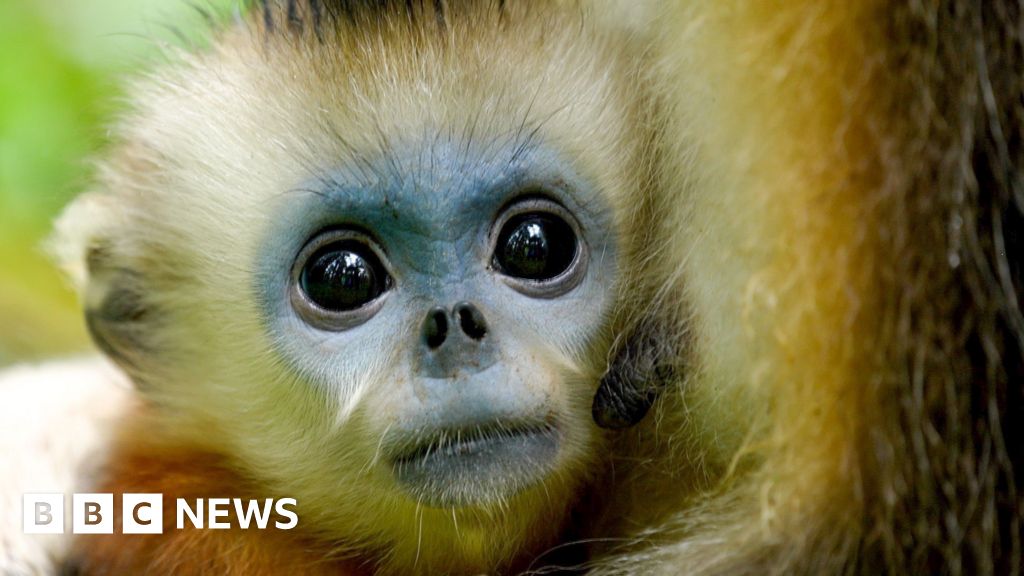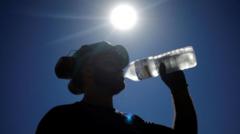Parts of the Great Barrier Reef are grappling with the largest documented yearly decline in coral coverage since monitoring began nearly four decades ago, as revealed in a recent report. The Australian Institute of Marine Science (AIMS) identified that both the northern and southern regions of this expansive reef have endured the most widespread coral bleaching ever recorded.
The intense impacts of tropical cyclones and the predatory outbreaks of crown-of-thorns starfish, which consume coral, have severely degraded the reef. However, AIMS attributes the primary cause of the devastating decline to heat stress associated with climate change. As a result, they caution that the reef might be nearing a critical point where it lacks the capacity to recover from successive catastrophic events, signaling a "volatile" future for this vital ecosystem.
Surveys conducted by AIMS between August 2024 and May 2025 assessed the health of 124 separate coral reefs, marking its ongoing monitoring efforts since 1986. The Great Barrier Reef, often recognized as the largest living structure on the planet, stretches over 2,300 kilometers (1,429 miles) and serves as a habitat for a diverse range of marine life. Alarmingly, frequent bleaching events have transformed vast areas of this once-vibrant coral environment into stark white patches.
Coral, often referred to as the sea's "architect," plays a crucial role in forming extensive ecosystems that sustain approximately 25% of all marine species. The bleaching phenomenon occurs when corals are stressed by excessive heat, leading them to lose their vibrant colors. Although coral can bounce back from heat stress, it requires ample time — ideally several years — to recover fully.
Corals become vulnerable when temperature exceeds their thermal threshold by just 1°C (1.8°F) for prolonged periods. As reported, very warm tropical waters have led to widespread coral bleaching over the last two years, marking the sixth occurrence since 2016. Climate change influences such events significantly, although natural trends like El Niño also aggravate the situation.
According to the latest AIMS report, the Acropora species has been particularly hard-hit due to its susceptibility to heat stress and its status as a prime target for crown-of-thorns starfish. Dr. Mike Emslie, head of AIMS’ research, expressed concerns over the largely affected coral species, stating, "These corals are the fastest to grow and are the first to go." Nonetheless, he remains hopeful that, given an opportunity, the reef can still demonstrate an innate ability to recover.
The Australian government’s crown-of-thorns starfish culling initiative has achieved some success, reportedly eliminating over 50,000 of these starfish through the use of vinegar and other methods. Remarkably, the AIMS report notes that no substantial outbreaks of crown-of-thorns starfish were observed in the Central Great Barrier Reef during 2025.
Conservationists warn that the reef is under immense strain, with Richard Leck from the WWF indicating that if immediate and ambitious climate action is not undertaken, the Great Barrier Reef might find itself on a path to irreversible decline like other coral reefs around the planet. Despite being recognized as a World Heritage site for over 40 years, Unesco has issued warnings that this Australian icon is “in danger” due to rising sea temperatures and pollution.


















